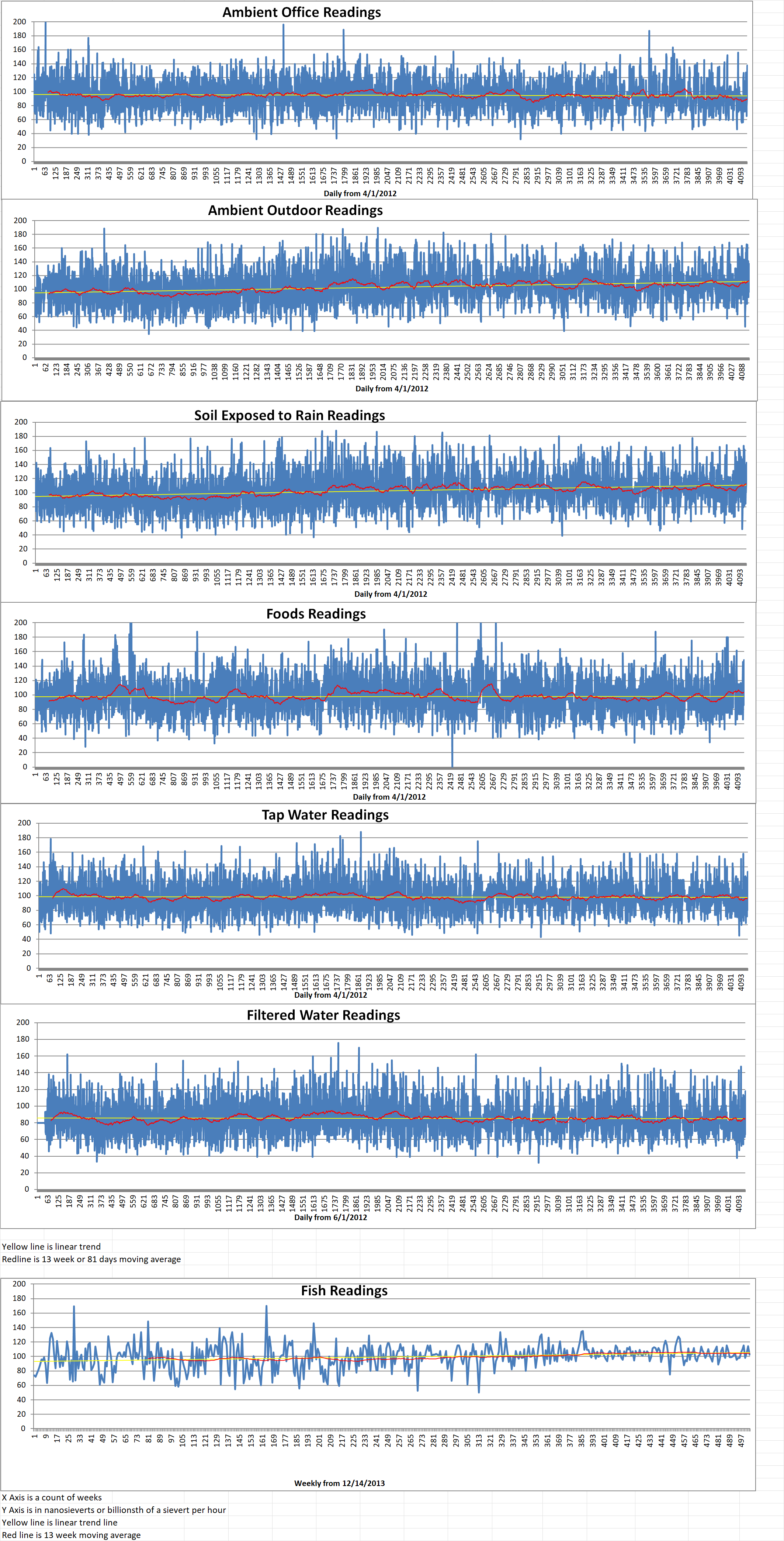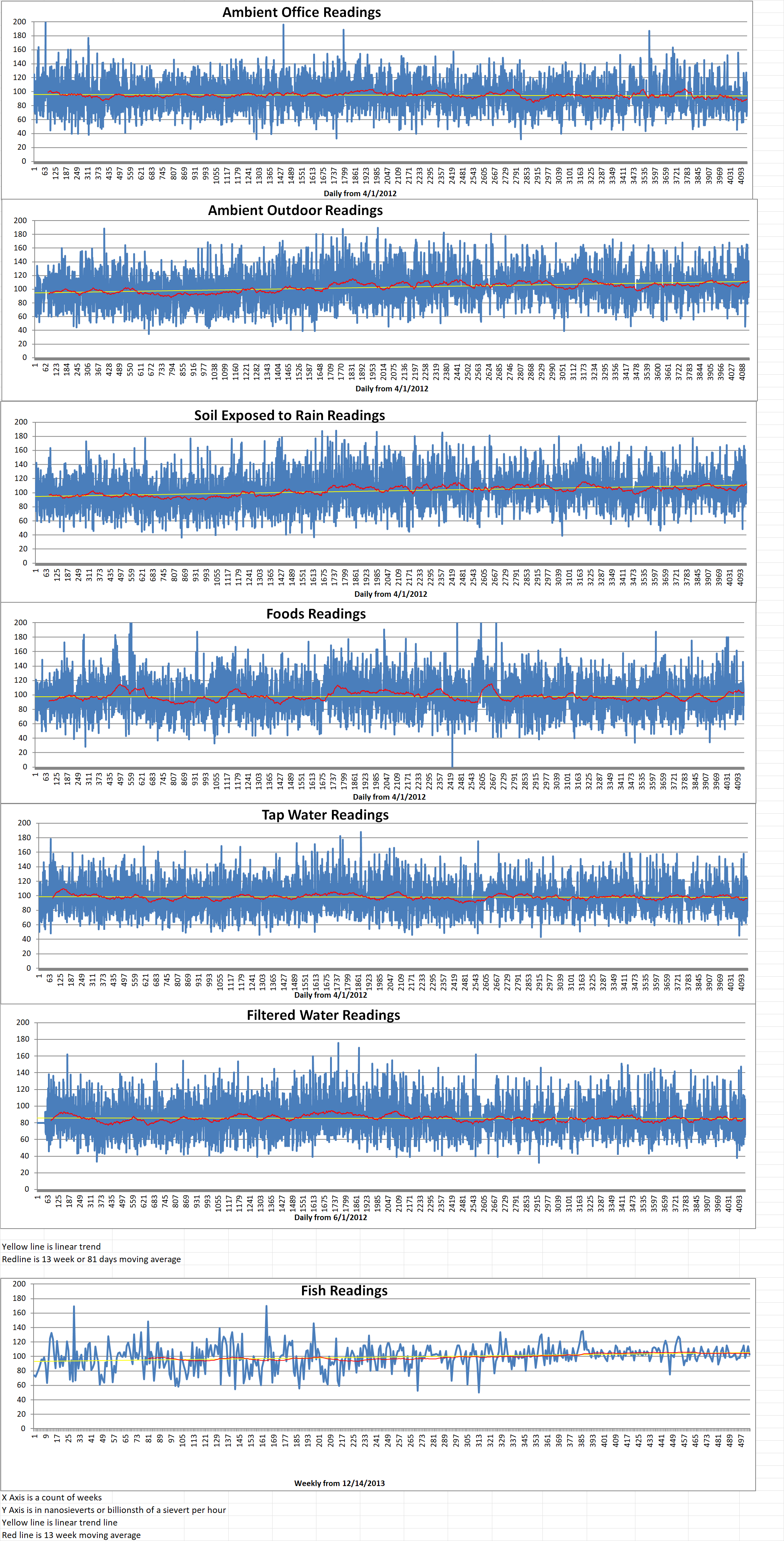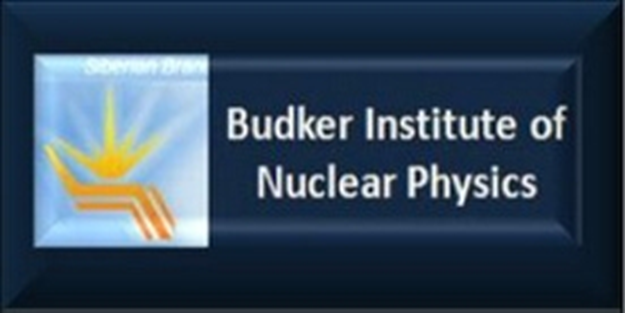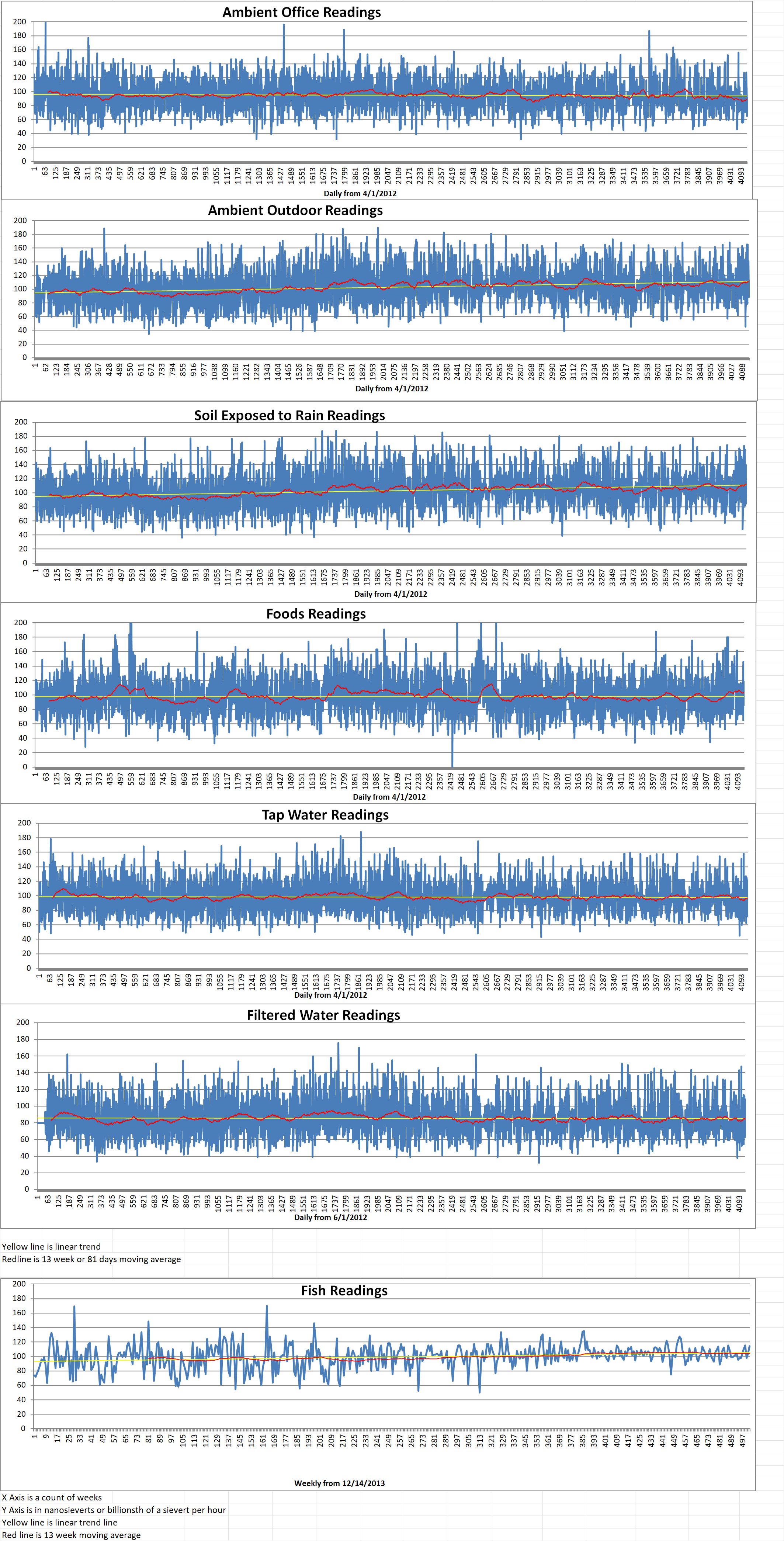Part 1 of 3 Parts
For the last twenty years, U.S. commitment to extend nuclear deterrence over South Korea (S.K.) has faced increasing pressure. During that time, seven North Korean (N.K.) nuclear tests and rapid advancements in a diverse array of advanced missile technologies have forced the alliance to adapt its posture and develop new capabilities and concepts to counter aggression and nuclear first use. For the most part, the alliance has risen to meet this challenge. Improvements in conventional capabilities have tipped the balance of power further south over the same period, providing additional capability not only to deny N.K. the benefits of aggression but also to deter and respond to nuclear use. This is especially true of S.K.’s stand-off strike systems.
The alliance is meeting the military challenge. However, it is failing to manage the political challenge of extended deterrence. Over the last two decades, S.K.’s confidence in U.S. security guarantees has fallen sharply, despite this strong military position. Two trends have placed the alliance in a difficult situation. First, the U.S. commitment to defend S.K. with nuclear weapons has become cancerous, threatening to metastasize and infect other aspects of the alliance. Second, the Trump administration’s statements and actions forced S.K. to confront the problems of depending on an ally that is currently grappling with isolationist authoritarian tendencies.
U.S. defense officials have considered the nuclear extended deterrence as a component of the framework of the nation’s alliance structure. The theory is that extended deterrence assures allies of their own security. This means that they need not consider developing their own nuclear arsenal. The problem is that, because the President of the United States retains sole authority over the use of nuclear weapons, no ally can be certain that the U.S. will use a nuclear weapon in and only in cases when they believe it is a necessity. On occasions when allies express anxiety about depending on U.S. extended nuclear deterrence, U.S. officials usually embark on a round of nuclear reassurance, displaying nuclear-capable systems and holding consultations designed to show allies that they are attentive and committed to their nuclear mission.
Especially in S.K., nuclear assurance not only fails to address allied anxieties, but also fuels them. Existing nuclear assurance mechanisms can establish U.S. capability. However, it cannot prove the resolve of US leaders or provide S.K.’s officials with a reliable expectation about when, where, and why the United States might use a nuclear weapon on the Korean peninsula. Because there is nothing that U.S. officials can do to resolve either problem, extended nuclear deterrence is an unreliable foundation for the U.S-Korean alliance. Even worse, nuclear assurance mechanisms effectively raise the relevance of nuclear weapons, which contributes to a public and elite misperception that S.K.’s security depends on US nuclear weapons, even though this is less and less true as time passes because the alliance’s conventional capabilities continue to improve.
S.K.’s officials and experts have presented a variety of proposals that they believe would assuage their concerns. The current idea is a request that the U.S. commit to use a nuclear weapon in response to N.K. nuclear first use, what we might call automaticity.
Please read Part 2 next
Blog
-

Nuclear Weapons 846 – South Korea Seeks Reassurances About U.S. Nuclear Umbrella – Part 1 of 3 Parts
-
Nuclear News Roundup January 22, 2024
Russia says return of US nuclear weapons to Britain dangerous mehrnews.com
Doug Ford government to refurbish Pickering nuclear plant as demand for electricity grows cbc.ca
Studies to examine health risks of New England nuclear power plants hsph.harvard.edu
Biden to Offer $1.5 Billion Loan to Restart Michigan Nuclear Power Plant news.yahoo.com
-

Geiger Readings for January 22, 2024
Ambient office = 108 nanosieverts per hour
Ambient outside = 112 nanosieverts per hour
Soil exposed to rain water = 114 nanosieverts per hour
Tomato from Central Market = 108 nanosieverts per hour
Tap water = 93 nanosieverts per hour
Filter water = 89 nanosieverts per hour
-
Nuclear News Roundup January 21, 2024
Holtec to get $1.5 bln to restart shuttered nuclear power plant – Bloomberg News xm.com
Nuclear Fuels Reports Positive Drill Results from the Kaycee Uranium Project, Wyoming newswire.com
Ontario plans major nuclear refurbishment to meet growing electricity demand torontosun.com
North Korea continues testing new nuclear-capable cruise missile, conducts 2 tests within a week foxnews.com
-

Geiger Readings for January 21, 2024
Ambient office = 116 nanosieverts per hour
Ambient outside = 81 nanosieverts per hour
Soil exposed to rain water = 79 nanosieverts per hour
Roma from Central Market = 101 nanosieverts per hour
Tap water = 112 nanosieverts per hour
Filter water = 100 nanosieverts per hour
-

Geiger Readings for January 20, 2024
Ambient office = 115 nanosieverts per hour
Ambient outside = 153 nanosieverts per hour
Soil exposed to rain water = 148 nanosieverts per hour
Red bell pepper from Central Market = 116 nanosieverts per hour
Tap water = 126 nanosieverts per hour
Filter water = 110 nanosieverts per hour
Dover Sole from Central = 103 nanosieverts per hour
-
Nuclear News Roundup January 20, 2024
First new panel in a decade at US waste facility world-nuclear-news.com
Grossi to visit Zaporizhzhia, warns against complacency world-nuclear-news.org
Uranium production process restarts at Langer Heinrich world-nuclear-news.org
Hinkley Point C woes threaten to break UK and France’s nuclear fusion theguardian.com
-

Nuclear Reactors 1341 – Russian Researchers Explore New Materials To Coat Walls Of Tokamaks.
Researchers at the GI Budker Institute of Nuclear Physics at the Siberian Branch of the Russian Academy of Sciences (INP SP RAS) has begun testing a new coating made from boron carbide for the walls of the International Experimental Thermonuclear Reactor (ITER) currently under construction in France.
The Russian Research has been reported in Nuclear Engineering International and explains that the team looked for a material to withstand damage caused by plasma abrasion during a thermonuclear fusion reaction.
ITER is a tokamak which is a toroidal vacuum chamber. Finding a material for the first wall that meets all the requirements was difficult. Carbon has been used in research for tokamaks to protect the walls but it proved problematic because it can retain hydrogen isotopes and radioactive tritium.
Currently, tungsten and beryllium are used in the first wall of the fusion chamber in ITER, which can withstand high temperatures and is very light. However, dust from beryllium is toxic and is a strong carcinogen.
Anatoly Krasolnikov is the head of the ITER center. He has been leading the team that looked for alternative options for covering the wall of the tokamak. The desired material needed to be heat-resistant, lightweight, with high thermal and electrical conductivity. The list of candidates included some types of ceramics which are typically used as insulators.
The Lavrentyev Institute of Hydrodynamics SB RAS, the Khristianovitch Institute of Theoretical & Applied Mechanics, and the Tomsk State University of Management Systems & Radio Electronics were all involved in the study.
A coating of special material was applied to a tokamak wall with a thickness of only tens of microns, and tests are being carried out at the BETA installation at INP SP RAS. During these tests, the material is subjected to intense thermonuclear pulse loads and a laser-powered thermal load from the plasma. Temperature absorbed and degree of erosion are being tracked using a diagnostic system. The moment erosion begins can also be tracked. It can cause roughness of the wall to change and can be identified with the subsequent loss of matter.
Dmitry Cherepanov is a Research engineer with the Russian team. He explained, “the purpose of the tests was to characterize the limit of the loads that our test martials can withstand during pulsed heating.”
Researcher Alexander Burdakov said, “We have been developing neutron protection from boron carbide with Virial (St Petersburg) for a long time. Viral company is a manufacturer of equipment components of ceramic and cera-metallic materials. This substance is very durable, has relatively good thermal conductivity, and we test it under the impulse loads that are characteristic of tokamaks.”
Boron carbide is similar to light beryllium. It does not cause the walls to cool quickly, and it also is readily available. When using boron carbide, there are two options because it can completely replace tungsten or be applied to tungsten walls as a protective coating.
Currently, the results from the BETA complex testing indicate that the threshold values of loads at which ceramics begin to collapse are similar to tungsten. Other tests also suggest that boron carbide is competitive with tungsten carbide and beryllium coatings.
-

Geiger Readings for January 19, 2024
Ambient office = 127 nanosieverts per hour
Ambient outside = 94 nanosieverts per hour
Soil exposed to rain water = 93 nanosieverts per hour
Mini cucumber from Central Market = 97 nanosieverts per hour
Tap water = 94 nanosieverts per hour
Filter water = 80 nanosieverts per hour
-
Nuclear News Roundup January 19, 2024
France / Belgium’s Tractebel To Cooperate On Long-Term Nuclear Operation nucnet.org
Federal agency, Energy Harbor seek to keep citizen groups out of Perry nuclear plant case energynews.com
Ukraine to start building 4 new nuclear reactors this year reuters.com
Pentagon greenlights manufacturing of nuclear-capable stealth bomber: reports foxnews.com
